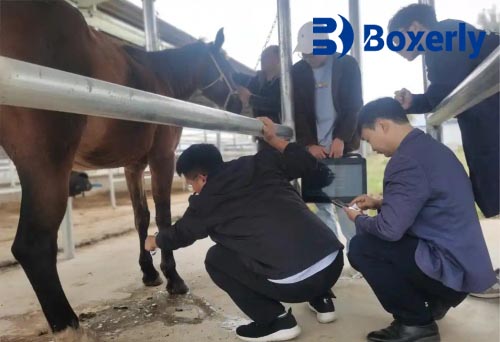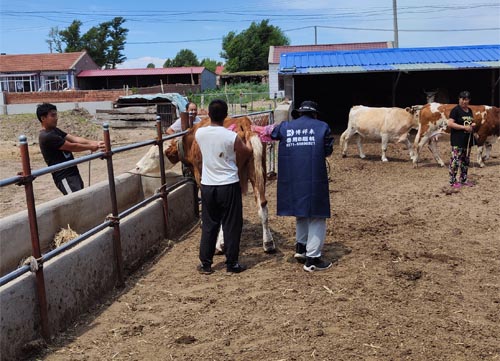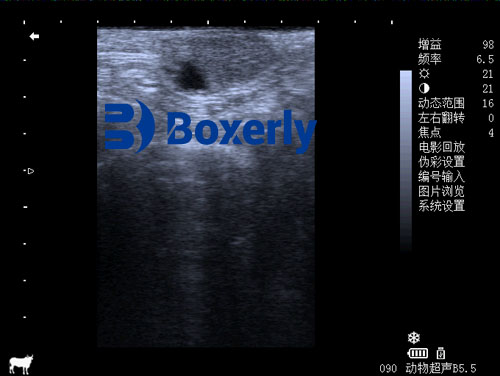In modern livestock farming, accurate and timely diagnoses are crucial for maintaining herd health and maximizing productivity. Advanced Veterinary ultrasound techniques have revolutionized the way we monitor and care for large animals, offering non-invasive, real-time insights into their physiological conditions.

The Evolution of Veterinary Ultrasound
Veterinary ultrasound technology has progressed significantly from its early days of basic imaging. Today's high-resolution systems provide detailed views of internal structures, enabling veterinarians and farmers to detect issues before they become critical. For large animals like cattle, horses, and swine, these advancements mean earlier detection of pregnancy, better reproductive management, and improved identification of pathological conditions.
Key Applications in Large Animal Practice
1. Reproductive Management: Ultrasound remains the gold standard for pregnancy detection in livestock. Advanced techniques allow for early fetal viability assessment (as early as 28 days in cattle) and accurate determination of fetal numbers.
2. Musculoskeletal Evaluation: For performance animals like horses, ultrasound provides detailed imaging of tendons, ligaments, and joints, helping prevent career-ending injuries through early intervention.
3. Cardiac Assessment: Modern echocardiography enables thorough evaluation of heart function in valuable breeding stock and performance animals.
4. Abdominal Diagnostics: From liver conditions to urinary tract issues, ultrasound offers a non-invasive way to examine internal organs without the risks associated with more invasive procedures.

Technical Considerations for Large Animal Scanning
Successful ultrasound examinations in livestock require specialized equipment designed for large animal use. The BXL series of veterinary ultrasound systems, for instance, offers the necessary penetration depth and image clarity required for bovine and equine applications.
Proper restraint and preparation are equally important. Most large animals require minimal sedation, though proper positioning and clipping of the examination area significantly improve image quality. For reproductive exams, rectal probes with extended reach are essential for cattle, while linear array transducers work best for musculoskeletal evaluations.
Interpreting Ultrasound Findings
Accurate interpretation requires specialized training. Key indicators vary by species and application:
- Pregnancy: Look for embryonic vesicles, fetal heartbeat, and placental development
- Tendon injuries: Assess fiber alignment and echogenicity changes
- Liver disease: Evaluate parenchymal texture and vascular patterns

The Future of Veterinary Ultrasound
Emerging technologies like 3D/4D imaging and elastography promise even greater diagnostic capabilities. Portable units are becoming more sophisticated, allowing for field-side diagnostics without compromising image quality.
For livestock producers, investing in ultrasound technology and training pays dividends through improved breeding success rates, early disease detection, and better overall herd management. As these techniques become more accessible, they're transforming from specialty tools to essential components of modern farm veterinary practice.
Regular ultrasound monitoring should be integrated into herd health programs, particularly for high-value animals. The non-invasive nature of these examinations means they can be repeated as needed without stressing the animals or interrupting production cycles.
By mastering these advanced techniques, veterinary professionals and progressive farmers can achieve new levels of diagnostic accuracy, leading to healthier animals and more profitable operations. The key lies in selecting the right equipment, obtaining proper training, and implementing systematic scanning protocols tailored to your specific livestock operation.
tags:


